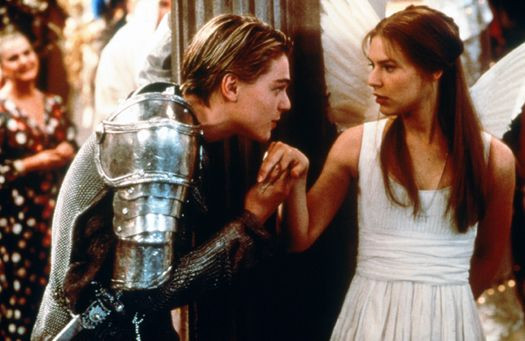You Can Love at First Sight: Scientists Discover Brain Region Responsible for Instant Attraction

Scientists have discovered the brain region that decides who we will be romantically attracted to.
Using brain scans, researchers from Trinity College Dublin found that different parts of the medial prefrontal cortex, the region that sits near the front of the brain, make snap judgments about physical attraction and whether the person is likely to be a compatible match all within milliseconds of seeing a new face.
In the first study to use a real-life dating scenario to understand how the brain makes fast romantic judgments, researchers recruited 78 women and 73 men who are all heterosexual and single to participate in a speed-dating event.
Before participants attended the speed-dating event, researchers conducted fMRI scans of the brains of 39 participants as they looked at pictures of potential dates they would soon meet at the event.
For each of the pictures, the participants had a few seconds to rate on a scale of 1 to 4 how much they would like to go on a date with that person. Participants also reported their physical attraction to the potential dates and how likeable they thought each person was based on the pictures.
Afterwards, the participants were introduced to each other in a scenario like any typical speed-dating night, where participates rotated around the room and talked with one another for five minutes. After the event, all participants completed forms indicating whom they'd like to see again.
The study revealed that people were good at predicting others they would be interested in, based on photographs alone. Study results showed 63 percent of the time, a person's initial photograph-based interest in dating a person was backed up by their ultimate decision after their five-minute speed date.
Additionally, when researchers went back and looked at the brain scans of the participants who looked at the photographs, they found a link between specific regions of their brains and the dating decisions they made in real life.
They found that the activity in two parts of the brain's dorsomedial prefrontal cortex could predict whether participants viewing the pictures would ultimately pursue the people in real life.
Investigators explained that one of these regions called the paracingulate cortex, which appeared to be calculating the attractiveness of the potential date, exhibited the most activity when participants were viewing faces considered attractive by most.
Obviously people don't always agree on attractiveness. So when participants saw a face that they were attracted to that didn't get great ratings from others, a second region of the medial prefrontal cortex called the rostromedial prefrontal cortex, a lower portion of the brain located closer to the eyes, activated.
"That region in this moment may be doing something like evaluating not just 'Is this person a good catch?' but 'Is this person a good catch for me?'" lead author Jeffrey Cooper said, according to Live Science.
Researchers explained that the while the paracingulate cortex, the region that lights up when people view pictures of faces generally considered attractive, appeared to be doing the heaving lifting in terms of determining potential partners people are going to accept and other they are going to reject, the rostromedial prefrontal cortex is determining whether the potential date will match them on a personal level.
"That region in this moment may be doing something like evaluating not just 'Is this person a good catch?' but 'Is this person a good catch for me?'" Cooper told LiveScience.
Cooper explained that the role of the rostromedial region makes sense because this part of the brain is known to be very important in making social decisions like judging how similar someone else is to you and thinking about other's mental states.
The latest findings, published in the Nov. 7 issue of the Journal of Neuroscience, show that in the first few milliseconds of meeting someone, physical attractiveness is evaluated by the paracingulate cortex and the rostromedial prefrontal cortex is responsible for making deeper judgments about the other person's social compatibility.
"These really are separate processes," Cooper told LiveScience. "But they really are both happening in your head as you make those initial evaluations."



























